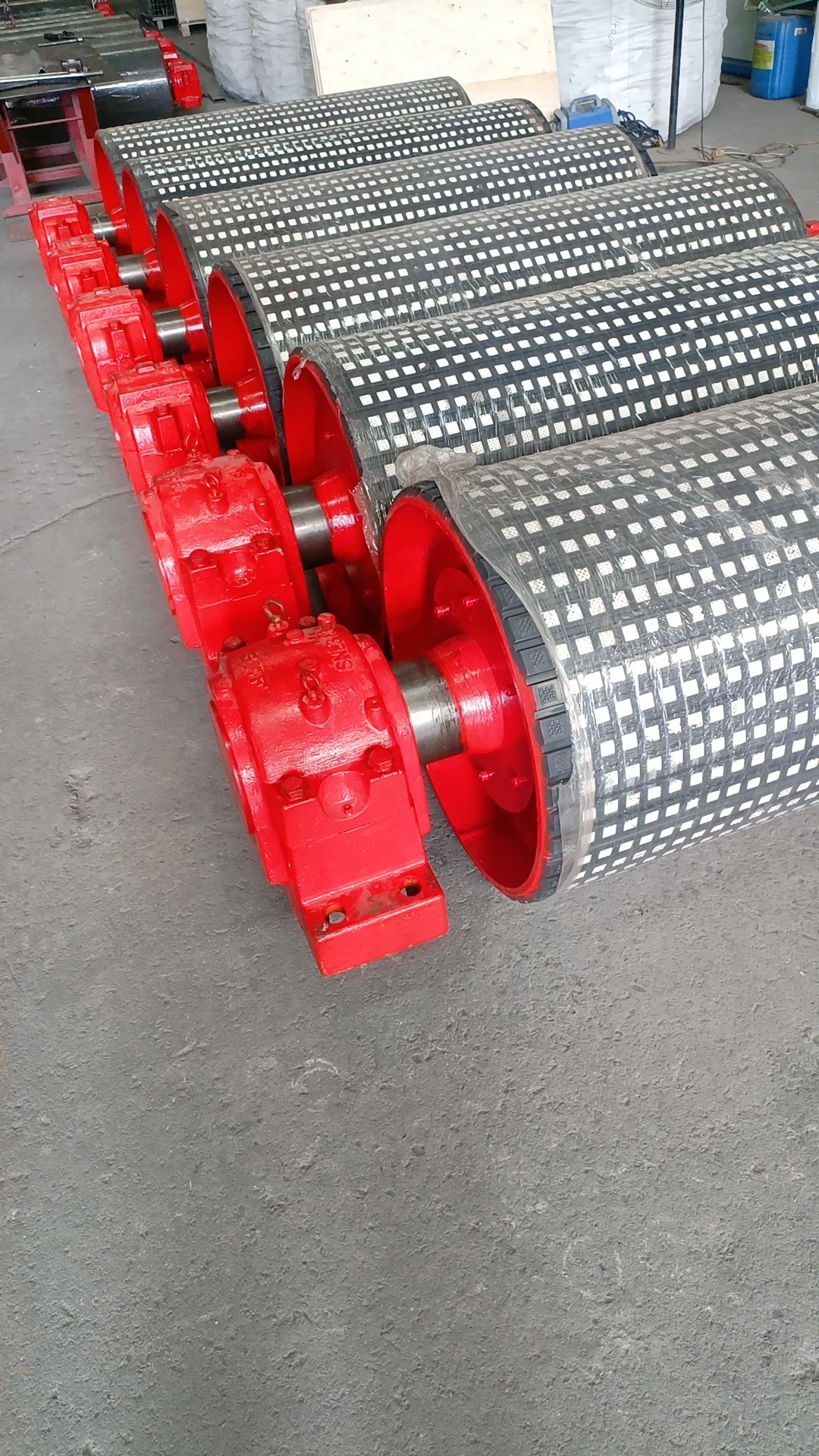 Afrikaans
Afrikaans  Albanian
Albanian  Amharic
Amharic  Arabic
Arabic  Armenian
Armenian  Azerbaijani
Azerbaijani  Basque
Basque  Belarusian
Belarusian  Bengali
Bengali  Bosnian
Bosnian  Bulgarian
Bulgarian  Catalan
Catalan  Cebuano
Cebuano  Corsican
Corsican  Croatian
Croatian  Czech
Czech  Danish
Danish  Dutch
Dutch  English
English  Esperanto
Esperanto  Estonian
Estonian  Finnish
Finnish  French
French  Frisian
Frisian  Galician
Galician  Georgian
Georgian  German
German  Greek
Greek  Gujarati
Gujarati  Haitian Creole
Haitian Creole  hausa
hausa  hawaiian
hawaiian  Hebrew
Hebrew  Hindi
Hindi  Miao
Miao  Hungarian
Hungarian  Icelandic
Icelandic  igbo
igbo  Indonesian
Indonesian  irish
irish  Italian
Italian  Japanese
Japanese  Javanese
Javanese  Kannada
Kannada  kazakh
kazakh  Khmer
Khmer  Rwandese
Rwandese  Korean
Korean  Kurdish
Kurdish  Kyrgyz
Kyrgyz  Lao
Lao  Latin
Latin  Latvian
Latvian  Lithuanian
Lithuanian  Luxembourgish
Luxembourgish  Macedonian
Macedonian  Malgashi
Malgashi  Malay
Malay  Malayalam
Malayalam  Maltese
Maltese  Maori
Maori  Marathi
Marathi  Mongolian
Mongolian  Myanmar
Myanmar  Nepali
Nepali  Norwegian
Norwegian  Norwegian
Norwegian  Occitan
Occitan  Pashto
Pashto  Persian
Persian  Polish
Polish  Portuguese
Portuguese  Punjabi
Punjabi  Romanian
Romanian  Russian
Russian  Samoan
Samoan  Scottish Gaelic
Scottish Gaelic  Serbian
Serbian  Sesotho
Sesotho  Shona
Shona  Sindhi
Sindhi  Sinhala
Sinhala  Slovak
Slovak  Slovenian
Slovenian  Somali
Somali  Spanish
Spanish  Sundanese
Sundanese  Swahili
Swahili  Swedish
Swedish  Tagalog
Tagalog  Tajik
Tajik  Tamil
Tamil  Tatar
Tatar  Telugu
Telugu  Thai
Thai  Turkish
Turkish  Turkmen
Turkmen  Ukrainian
Ukrainian  Urdu
Urdu  Uighur
Uighur  Uzbek
Uzbek  Vietnamese
Vietnamese  Welsh
Welsh  Bantu
Bantu  Yiddish
Yiddish  Yoruba
Yoruba  Zulu
Zulu rubber pulley
Understanding the Role of Rubber Pulleys in Modern Engineering
Rubber pulleys, often overlooked in discussions about mechanical components, play a crucial role in various applications across numerous industries. The versatile material properties of rubber combined with the functional design of pulleys create a synergy that enhances efficiency, reduces wear, and contributes to overall performance in machinery. This article explores the importance of rubber pulleys, their design considerations, applications, and benefits in modern engineering.
What are Rubber Pulleys?
Rubber pulleys, as the name suggests, are pulleys primarily made from rubber or rubber-composite materials. They are used in a variety of mechanical systems to transmit motion and power between different components through belts or ropes. Pulleys are designed to change the direction of force, reduce friction, and enable the transfer of energy with minimal losses. Rubber pulleys, specifically, are favored for their ability to absorb shock, provide a secure grip, and reduce noise compared to their metal counterparts.
Advantages of Rubber Pulleys
1. Shock Absorption One of the most significant advantages of rubber pulleys is their ability to absorb shocks and vibrations. This feature not only protects the connected machinery from wear and tear but also helps in extending the lifespan of the entire system.
2. Noise Reduction Machines operating in industrial settings can be a source of significant noise pollution. Rubber pulleys help mitigate this issue by dampening vibrations that would otherwise lead to high noise output. This makes them ideal for use in environments where noise reduction is essential.
3. Grip and Friction Control The surface texture of rubber provides excellent grip, ensuring that belts remain in place without slipping. This characteristic is particularly important in applications where precise motion control is necessary. Additionally, the friction coefficient of rubber can be tailored to suit specific operational needs.
4. Corrosion Resistance Unlike metal pulleys, rubber pulleys are inherently resistant to rust and corrosion, making them suitable for environments that may expose them to moisture or chemicals. This resilience contributes to lower maintenance costs and longer service intervals.
rubber pulley

5. Lightweight and Versatile Rubber pulleys are typically lighter than their metal counterparts, which can lead to reduced overall system weight and improved energy efficiency. Their versatility allows for customization in various sizes, shapes, and specifications, enabling integration into diverse applications.
Applications of Rubber Pulleys
Rubber pulleys find wide-ranging applications across various industries
- Automotive In vehicles, rubber pulleys are commonly used in belt-driven systems for components like alternators, water pumps, and air conditioning compressors. They help in maintaining proper tension and ensuring smooth operation.
- Agriculture Rubber pulleys in agricultural machinery, such as tractors and harvesters, provide reliable power transmission while reducing noise and vibration, enhancing operator comfort.
- Manufacturing and Conveyor Systems In manufacturing lines and conveyor systems, rubber pulleys are used to transport materials. They help in minimizing wear on belts and reduce the chances of material slipping during transit.
- Electronics and Home Appliances Many electronic devices and appliances utilize rubber pulleys to drive motors and other moving parts, ensuring efficient and quiet operation.
Conclusion
As industries continue to evolve, the importance of components such as rubber pulleys becomes increasingly apparent. Their unique properties offer numerous advantages that contribute to the efficiency, durability, and performance of various mechanical systems. From the automotive sector to manufacturing plants, these versatile components stand out not just for their functionality, but also for their role in promoting environmental sustainability through reduced noise and lower material waste. As engineering continues to innovate, the demand for reliable and efficient solutions like rubber pulleys will undoubtedly grow, reaffirming their vital role in modern mechanical design. In a world where precise engineering solutions are paramount, rubber pulleys demonstrate that sometimes, the simplest materials can yield the most significant benefits.
-
Revolutionizing Conveyor Reliability with Advanced Rubber Lagging PulleysNewsJul.22,2025
-
Powering Precision and Durability with Expert Manufacturers of Conveyor ComponentsNewsJul.22,2025
-
Optimizing Conveyor Systems with Advanced Conveyor AccessoriesNewsJul.22,2025
-
Maximize Conveyor Efficiency with Quality Conveyor Idler PulleysNewsJul.22,2025
-
Future-Proof Your Conveyor System with High-Performance Polyurethane RollerNewsJul.22,2025
-
Driving Efficiency Forward with Quality Idlers and RollersNewsJul.22,2025





























